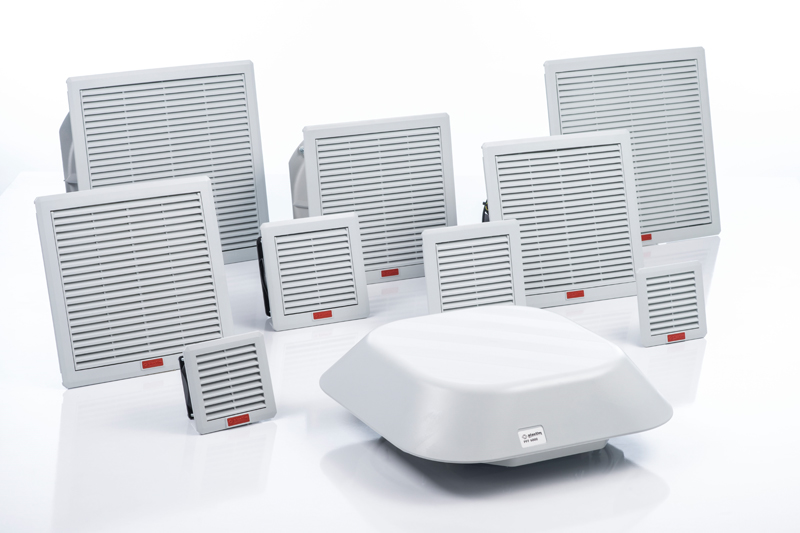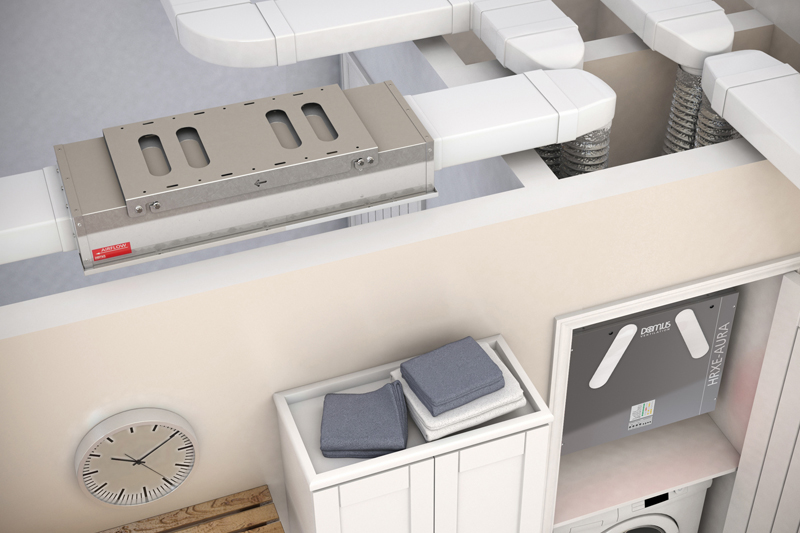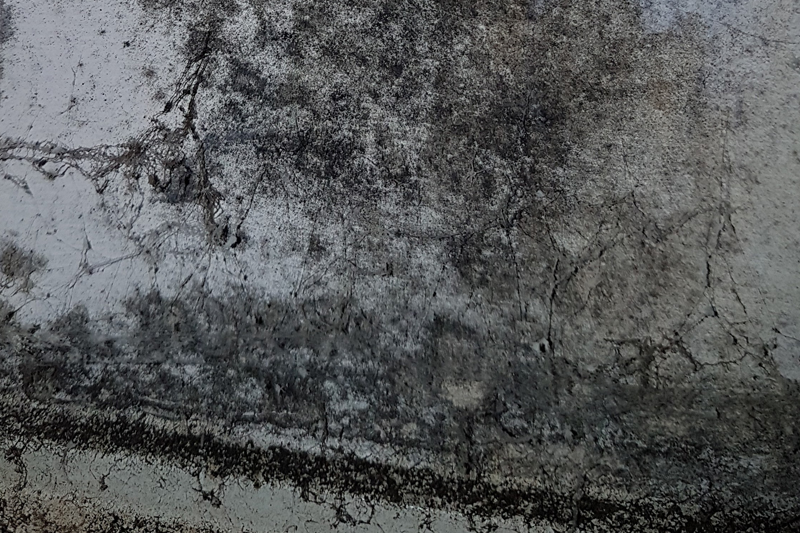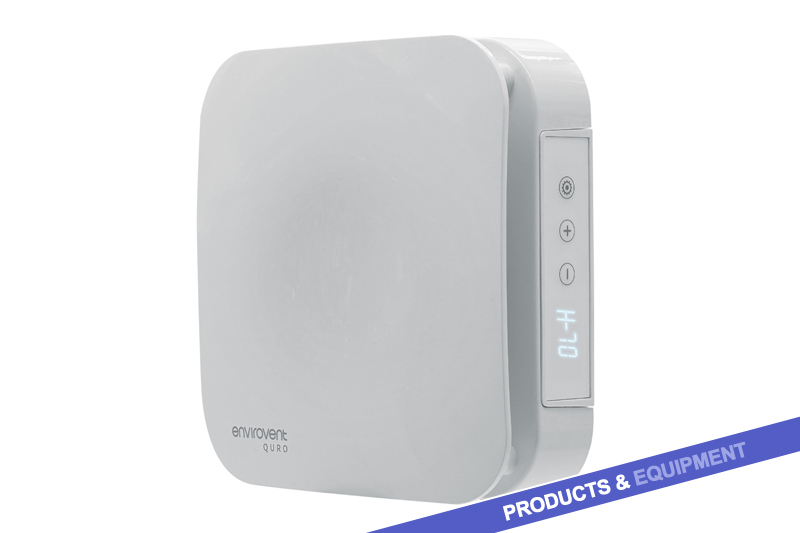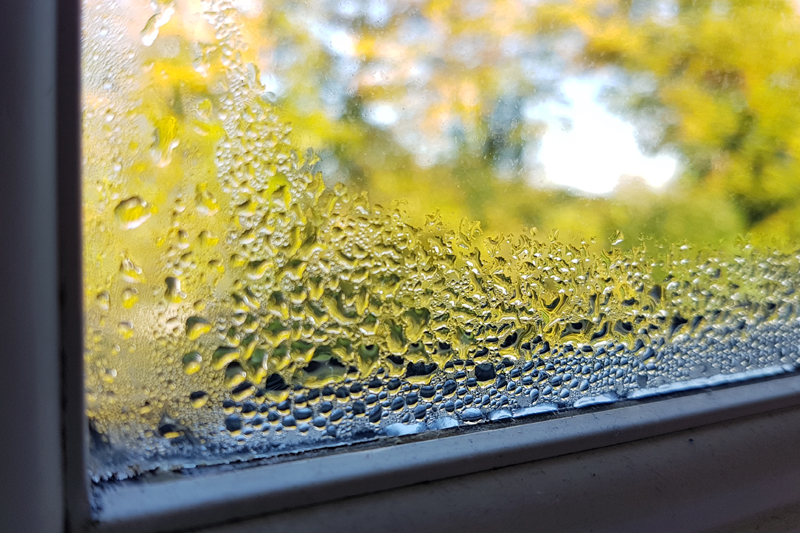After a tough time during the early part of the COVID-19 pandemic (as lockdown hit the commercial sector hard), HVAC contractors in the UK are currently experiencing strong demand. And according to market research data provider, Research & Markets, post-lockdown, the sector expects sustained healthy growth to continue over the next few years. Here, Michael Crowther, Product Development Director at Hylec-APL, outlines some of the key industry trends driving air cooling and ventilation in the UK.
As the pandemic took hold and the world went into lockdown in spring 2020, hotels, offices and conference, entertainment and sports venues shut down, as did many factories and retail premises – resulting in disruption for many electrical contractors working on HVAC projects. But as the world and the economy opened back up, demand for HVAC products and services has bounced back robustly – something we expect to see continue in the wake of several industry trends.
Broadly speaking, we see three key drivers impacting the HVAC market for electrical installers and contractors – with increases in smart technology also influencing all three areas.
Indoor air quality
The introduction or extension of low emission zones in London and growing numbers of other UK cities is intended to help reduce air pollution, which Public Health England (PHE) estimates is responsible for around 30,000 premature deaths every year (plus other negative health effects). After a coroner ruled in 2020 that air pollution had directly contributed to the 2013 death of a British schoolgirl, a bill to enshrine access to clean air as a human right (‘Ella’s law’) has been proposed.
At the same time, the pandemic highlighted the vital role of good ventilation in infection control and improving indoor air quality (IAQ). Alongside passive ventilation methods, mechanical ventilation can be a valuable tool in building design to both ensure adequate ventilation and help regulate temperature.
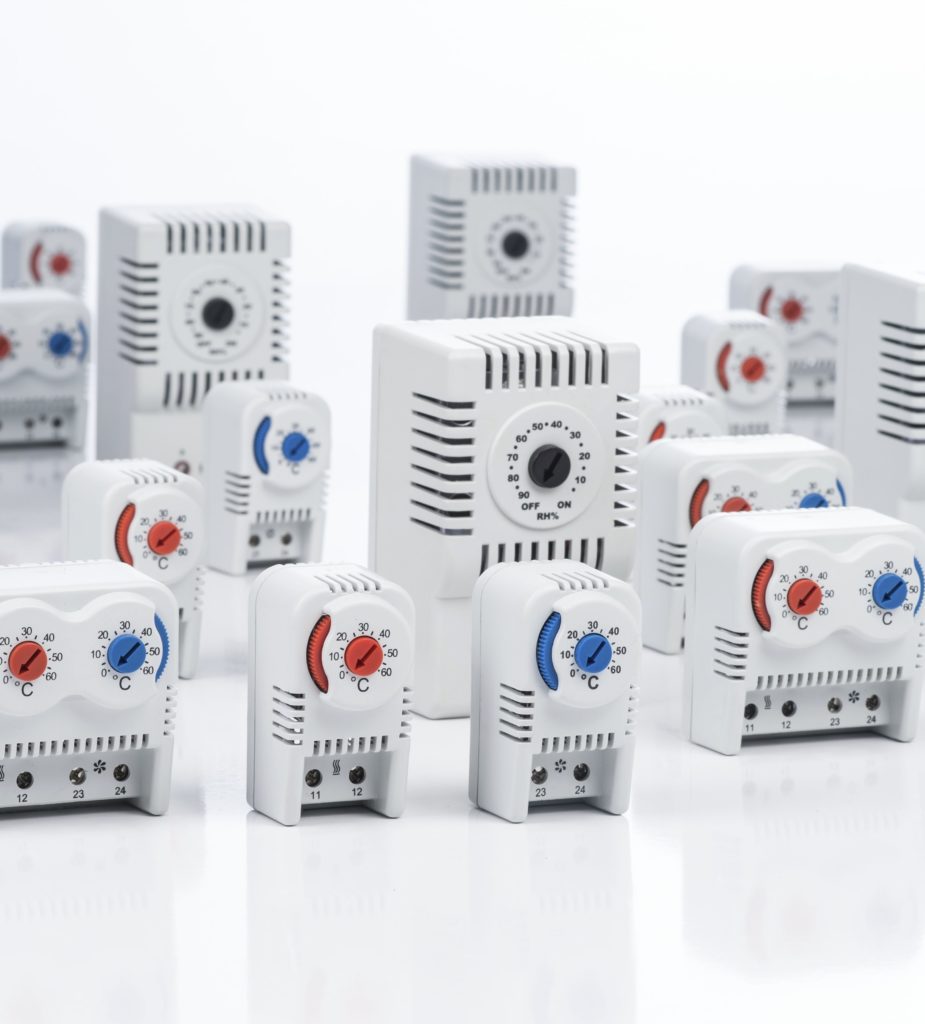
Climate change
In the wake of record high heatwaves last summer, a report from the UK’s independent environmental watchdog, the Climate Change Committee (CCC) has insisted that ventilation must be considered as part of a holistic design approach to reduce overheating risks. While the CCC continues to advocate for passive cooling and ventilation, to avoid waste heat and carbon emissions being generated to directly lower temperatures in buildings, it has also recognised that such measures may not be sufficient to limit temperatures for all areas of the country or during prolonged high temperatures – urging authorities to rethink how mechanical systems are used to address overheating in homes, offices and public buildings.
This is particularly true in densely populated ‘urban heat islands’, where tall city buildings, roads and other infrastructure absorb sunlight and re-emit as heat over time – exacerbated by increased use of HVAC equipment expelling hot air, for instance by growing numbers of data centres.
CCC’s Net Zero Review warns that the UK must brace for an increase in mechanical cooling demand, observing that energy decarbonisation efforts and rising energy costs must be balanced against the reality of rising temperatures. Industry bodies concur that ventilation will be critical to avoiding overheating during summer heatwaves, with a recent BSRIA (Building Services Research & Information Association) study noting that the UK domestic AC market is ripe for growth.
Newer HVAC technologies offer higher efficiency – and when combined with smart technologies for monitoring, control and building automation, can help minimise energy usage and wasted heat. Meanwhile, the IOR (Institute of Refrigeration) has called for more collaborative planning of heating and cooling systems to maintain a much needed focus on emissions and energy reduction. IOR President Graeme Fox says the cooling sector, with its expertise of circular heat recovery, can play a major role in delivering on net zero strategies.
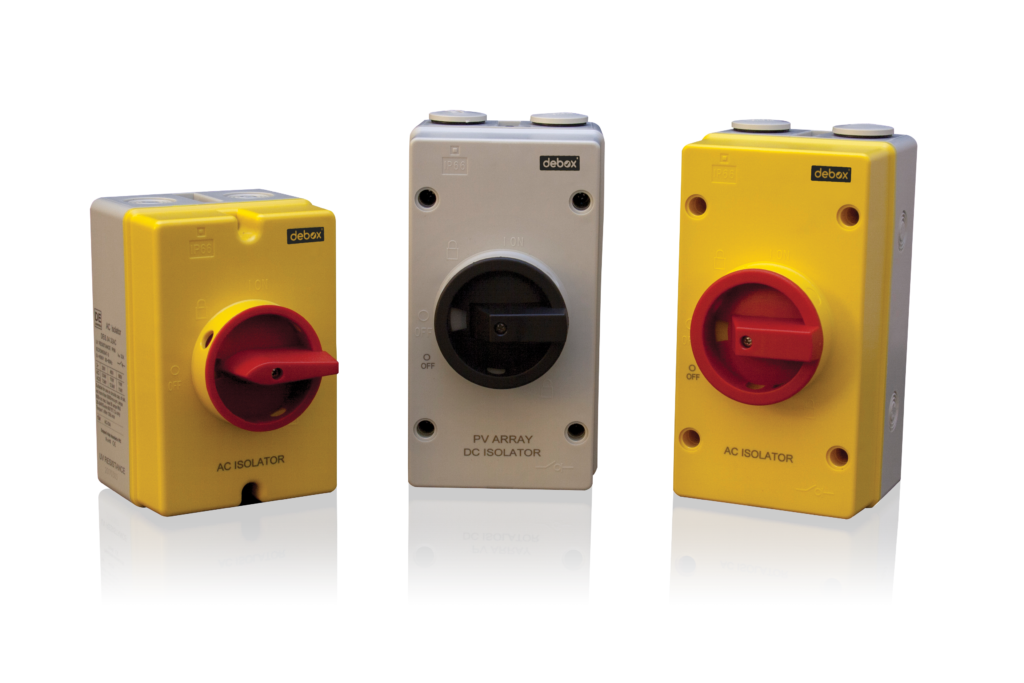
Regulation
The 2022 Building Safety Act, alongside a new Building Safety Regulator, will introduce greater oversight of both the safety and performance of buildings – with gateway checks during design and build phases, as well as stricter scrutiny of HVAC contractor and firms’ professional credentials. But legal standards around factors impacting health and wellness in buildings, such as IAQ and thermal comfort, contributing to overall indoor environmental quality (IEQ), are also being considered in both workplace and domestic legislation.
Summary
Effective air cooling and ventilation play an important role in the health, wellness and ultimately productivity of workers – and are arguably even more vital for safety and comfort in domestic settings, particularly in urban settings.
For electrical wholesalers serving and supporting the HVAC industry, Hylec offers a comprehensive range of components and products for OEMs and contractors – from enclosures, switches, isolators and controls to cable glands, weatherproof connectors and venting elements – to aid their system design, build and installation.
To find out more, click here


